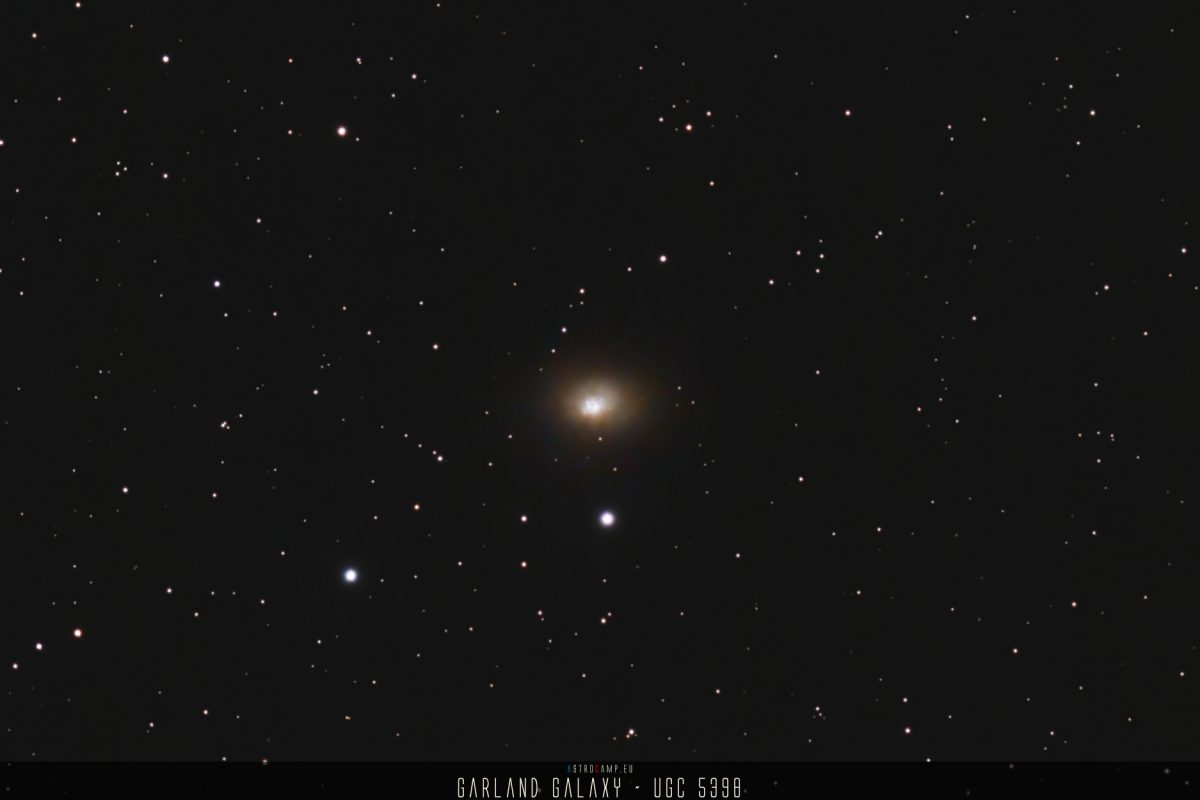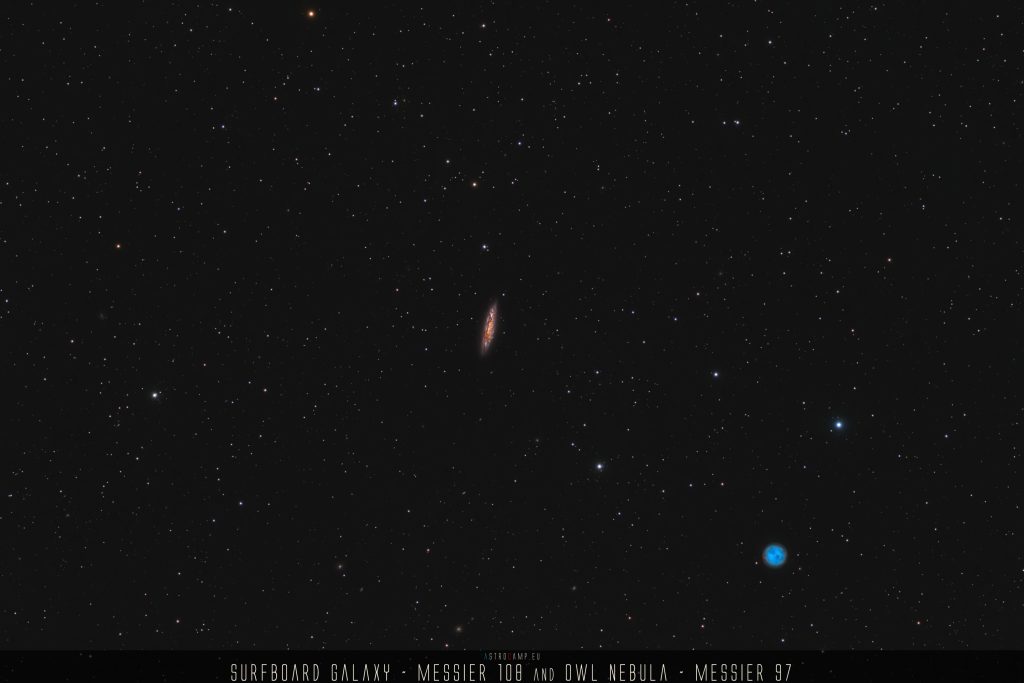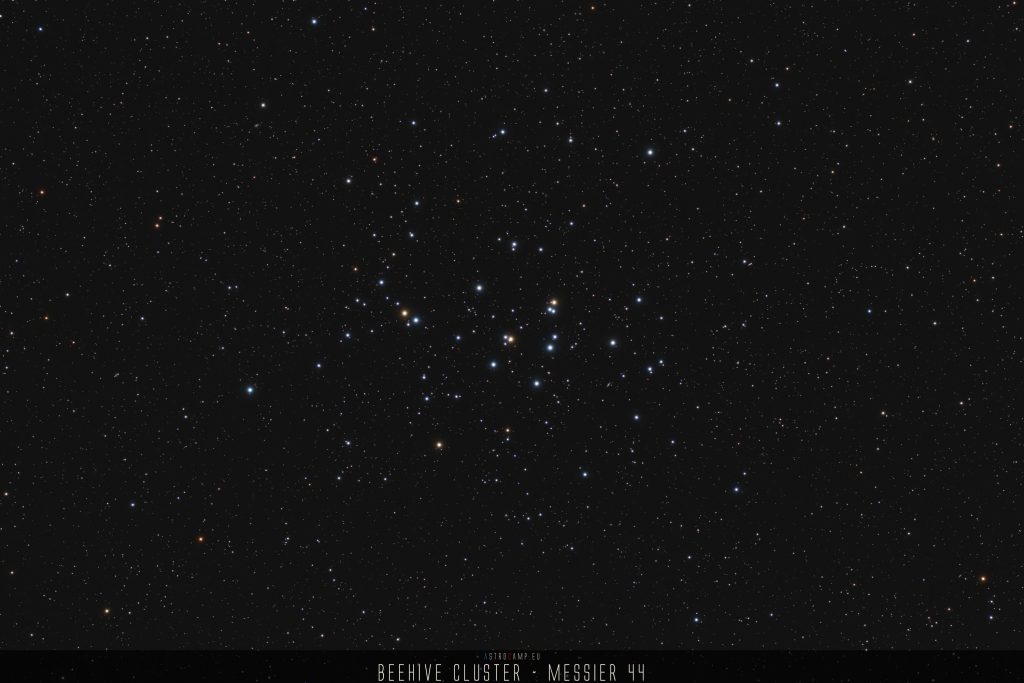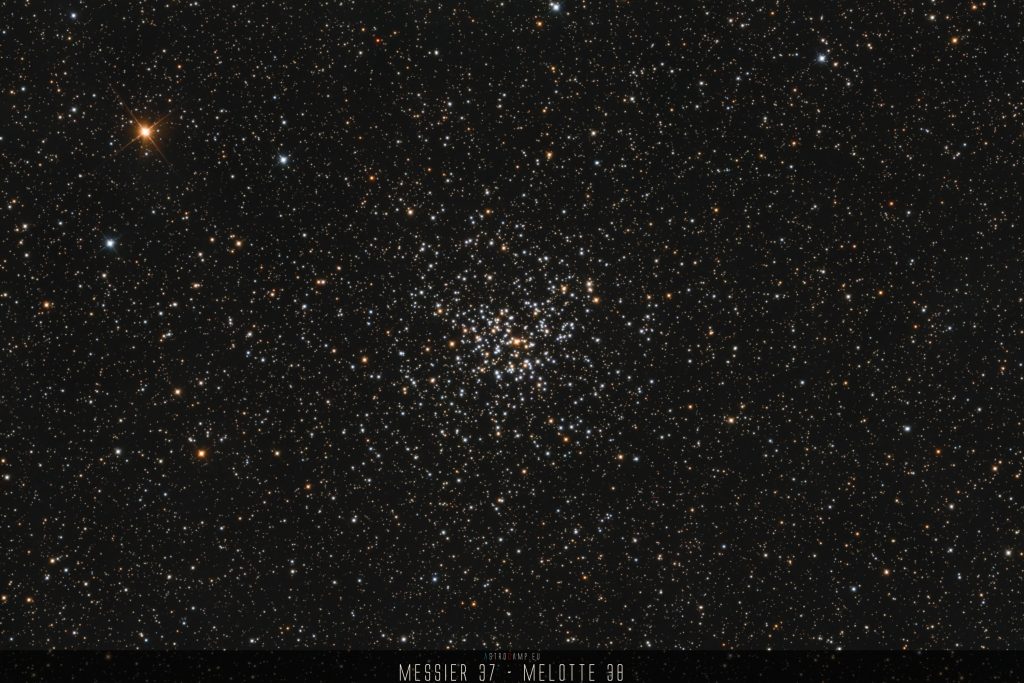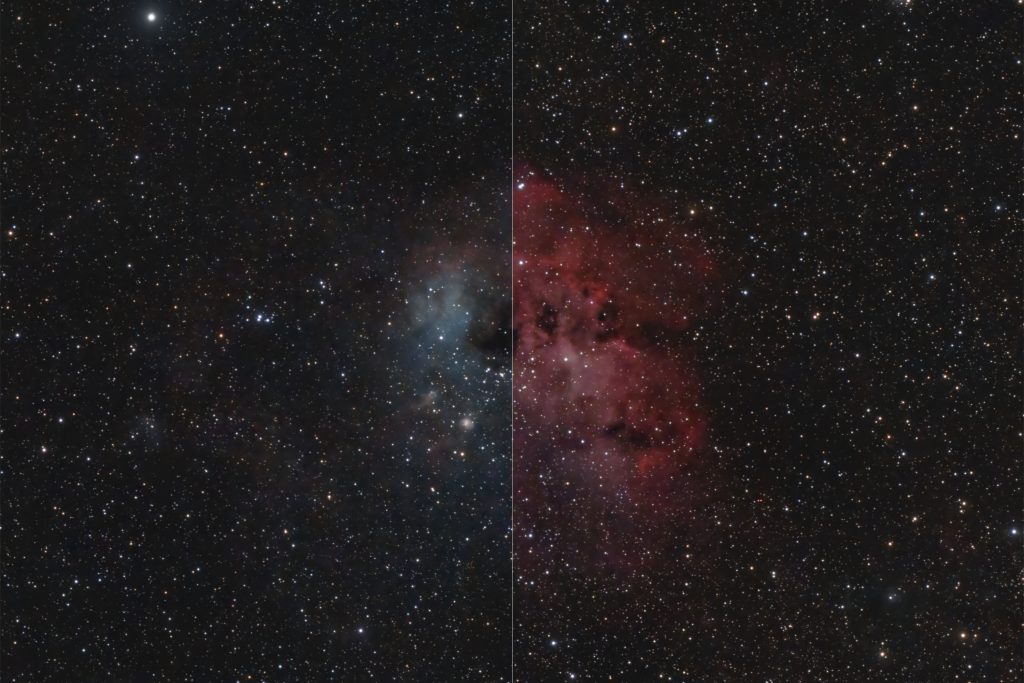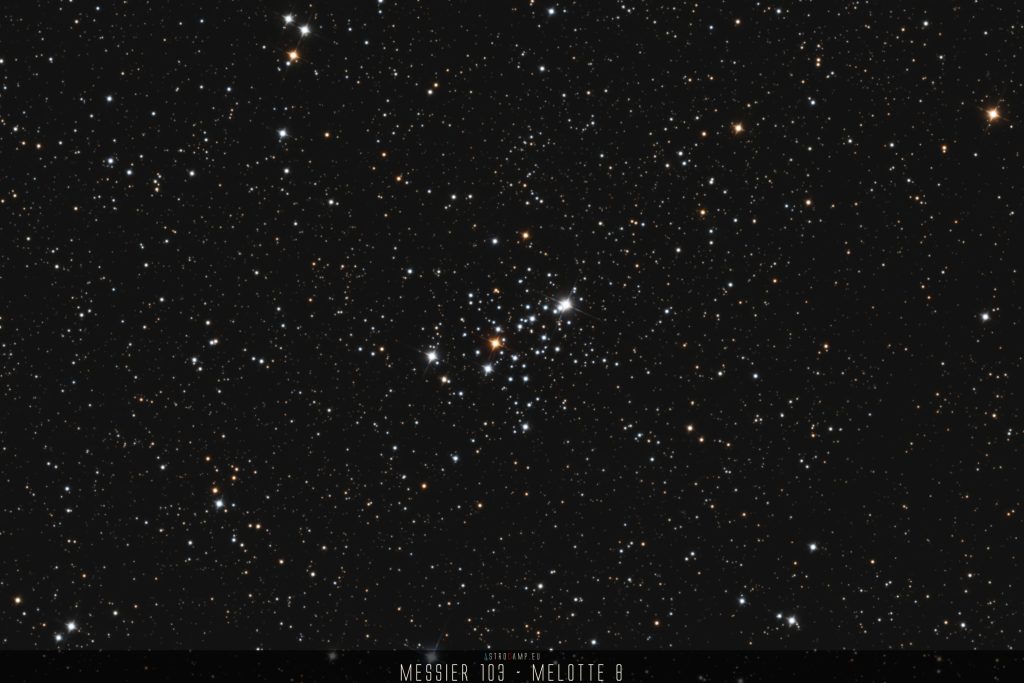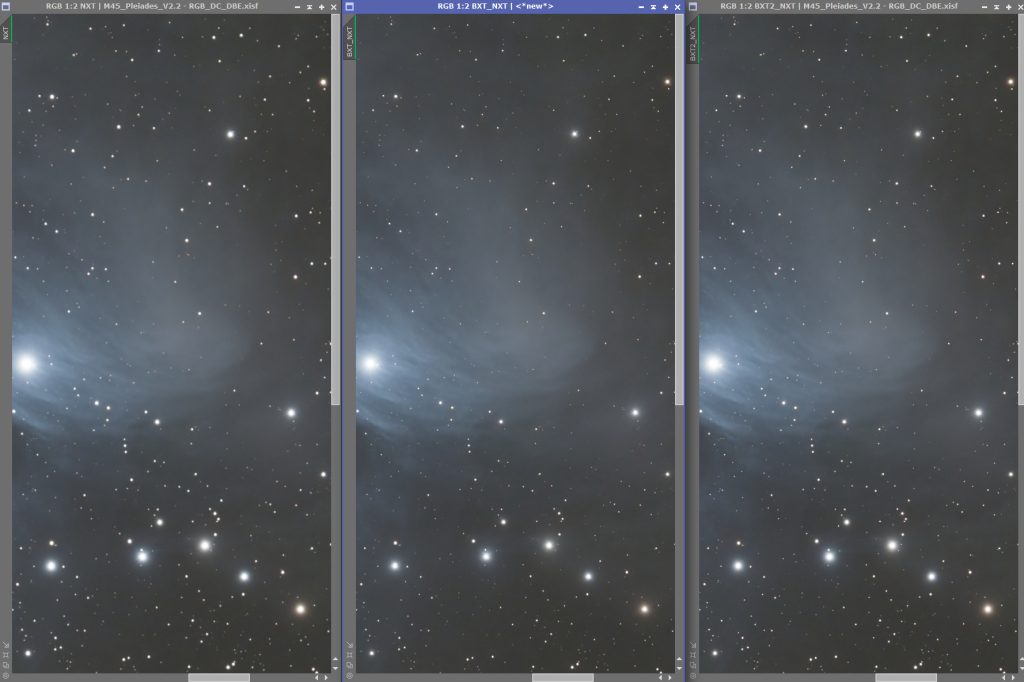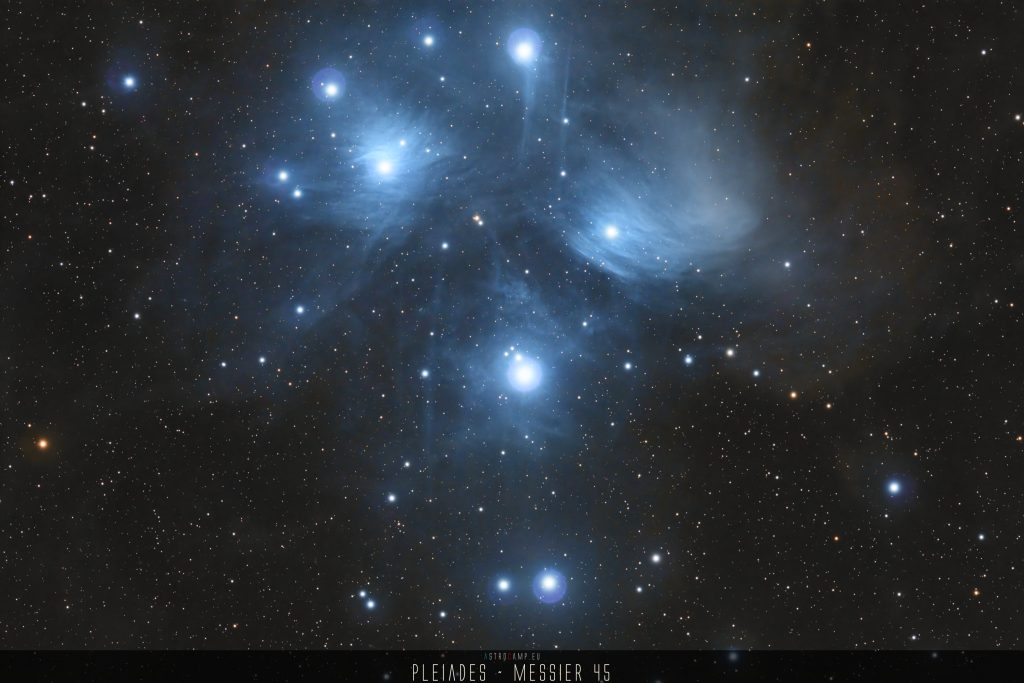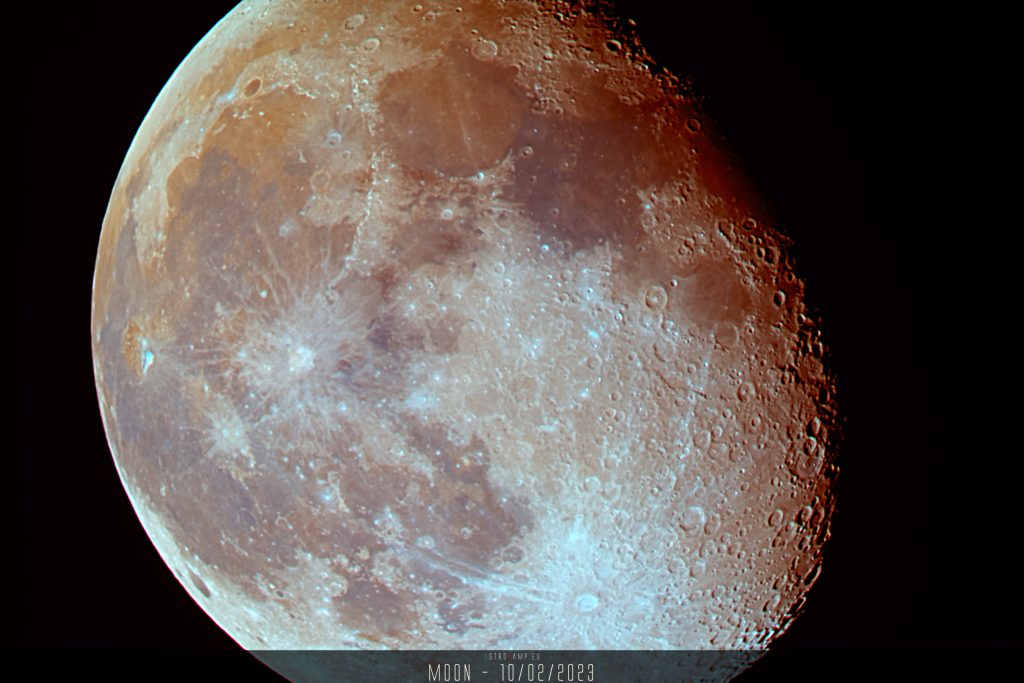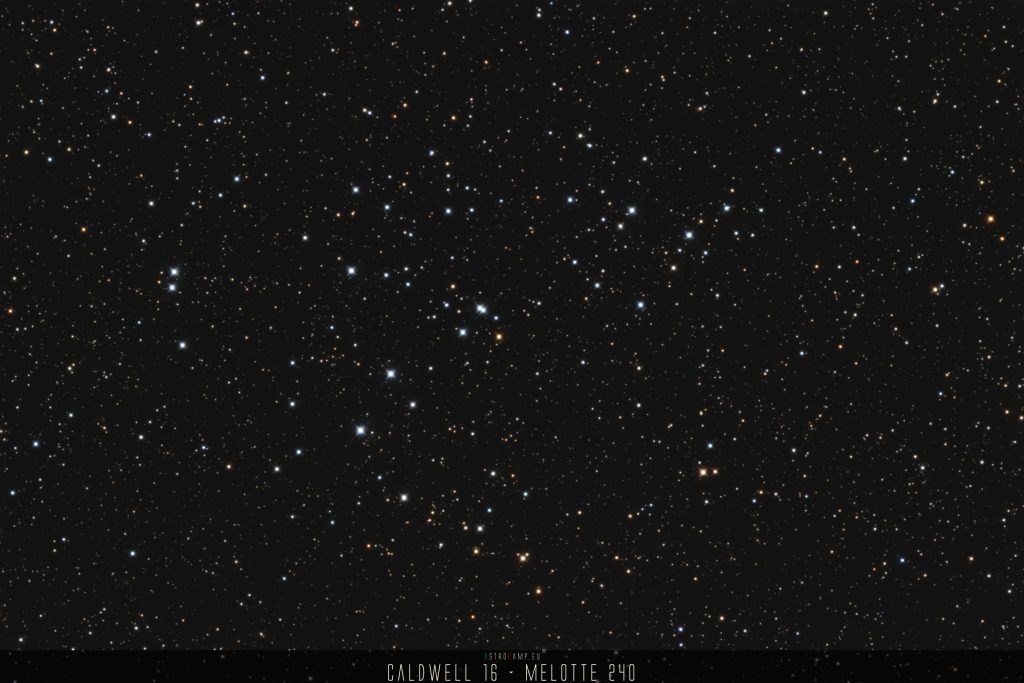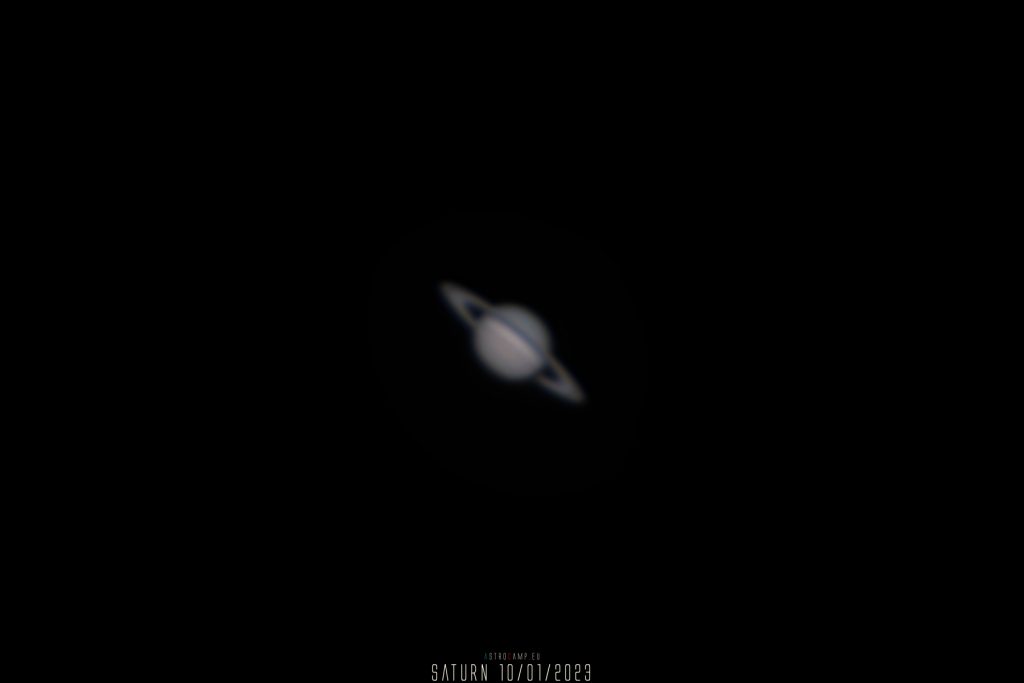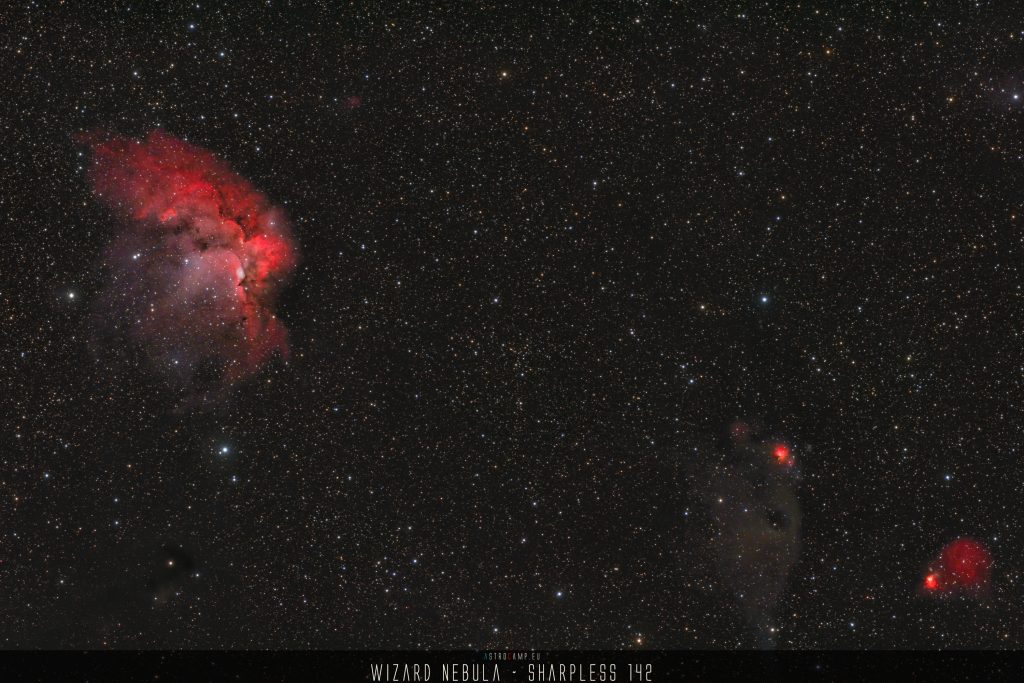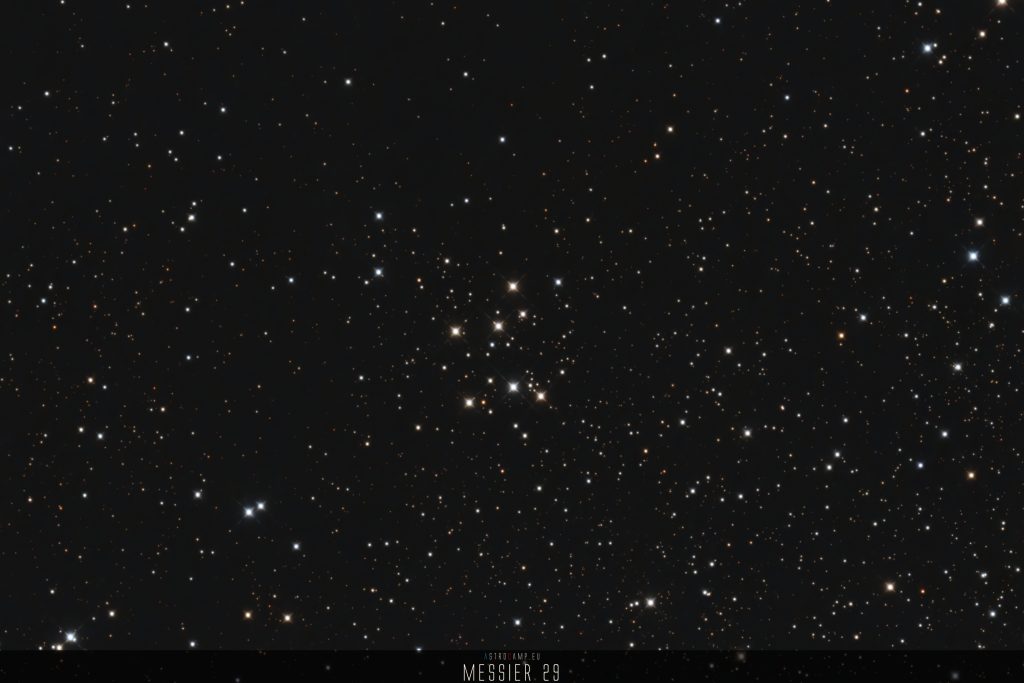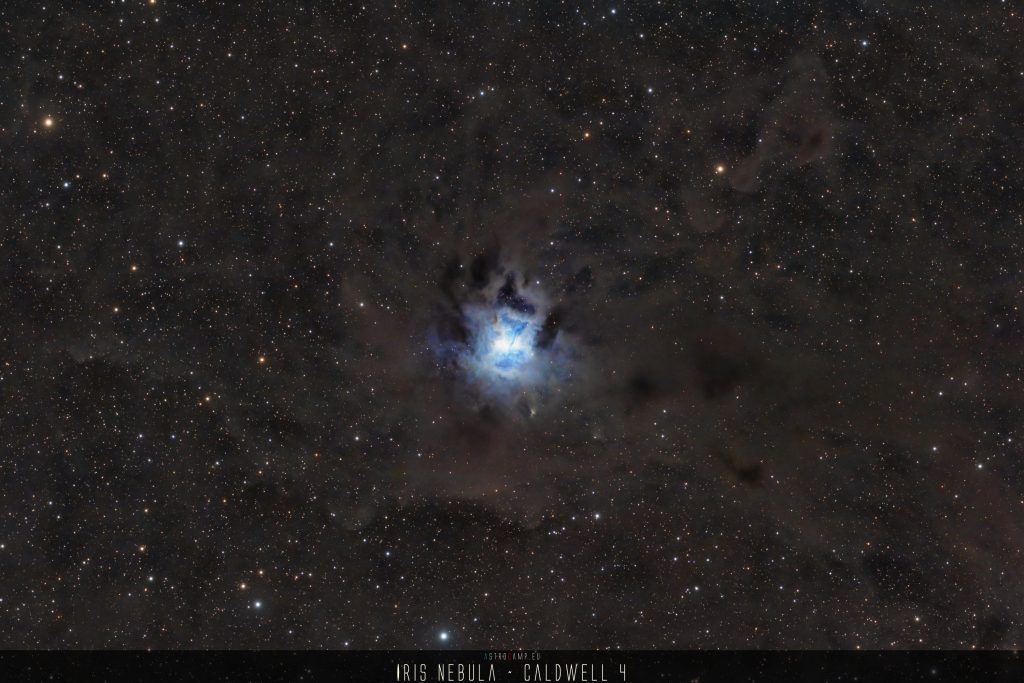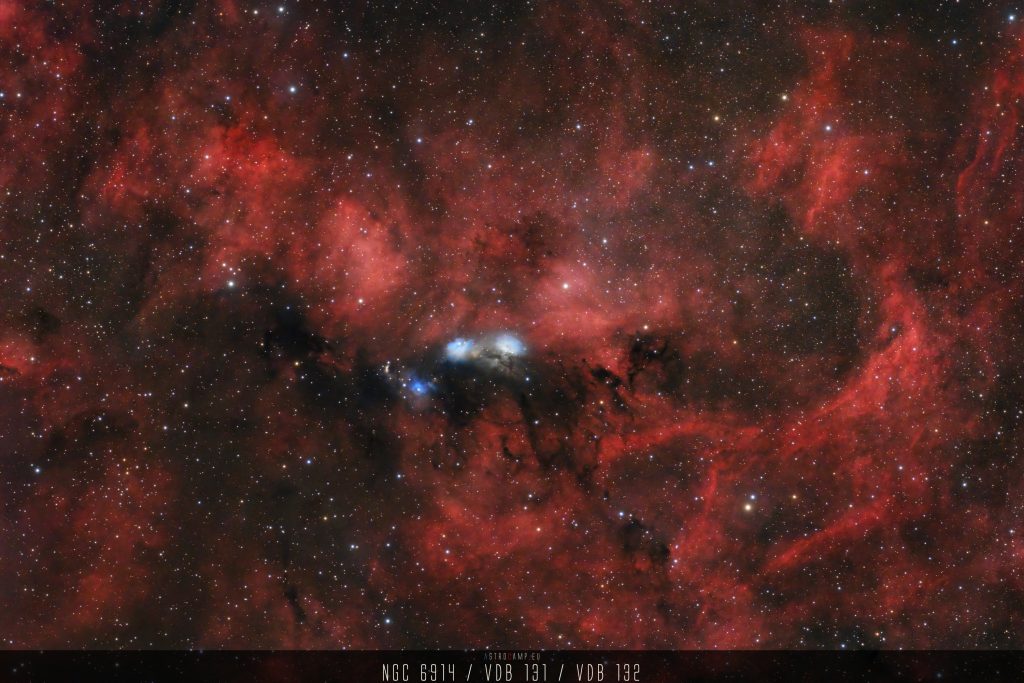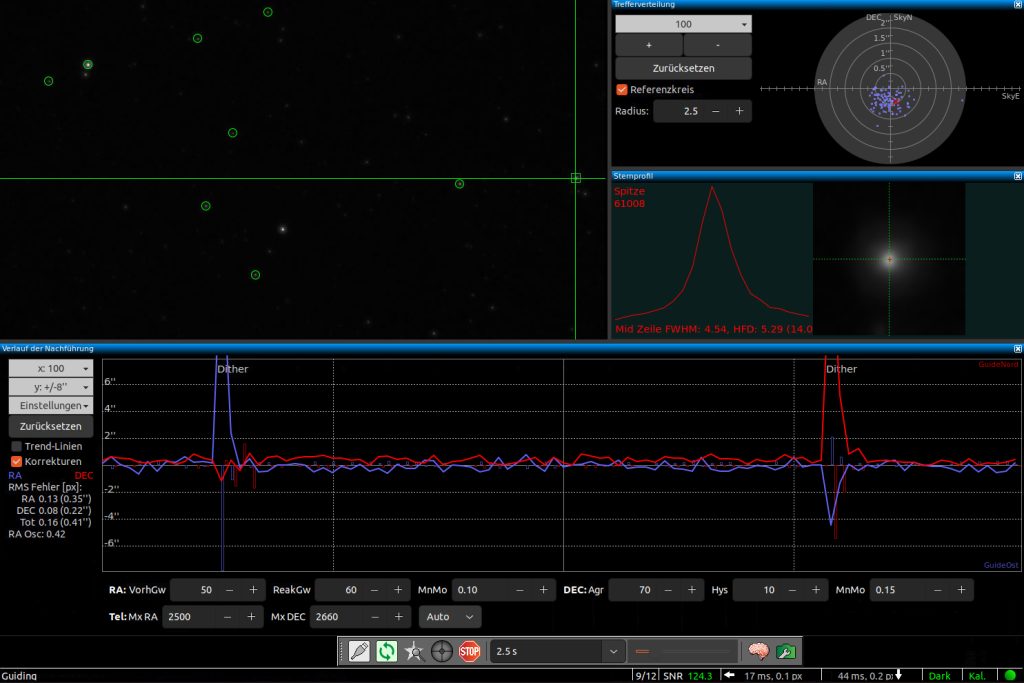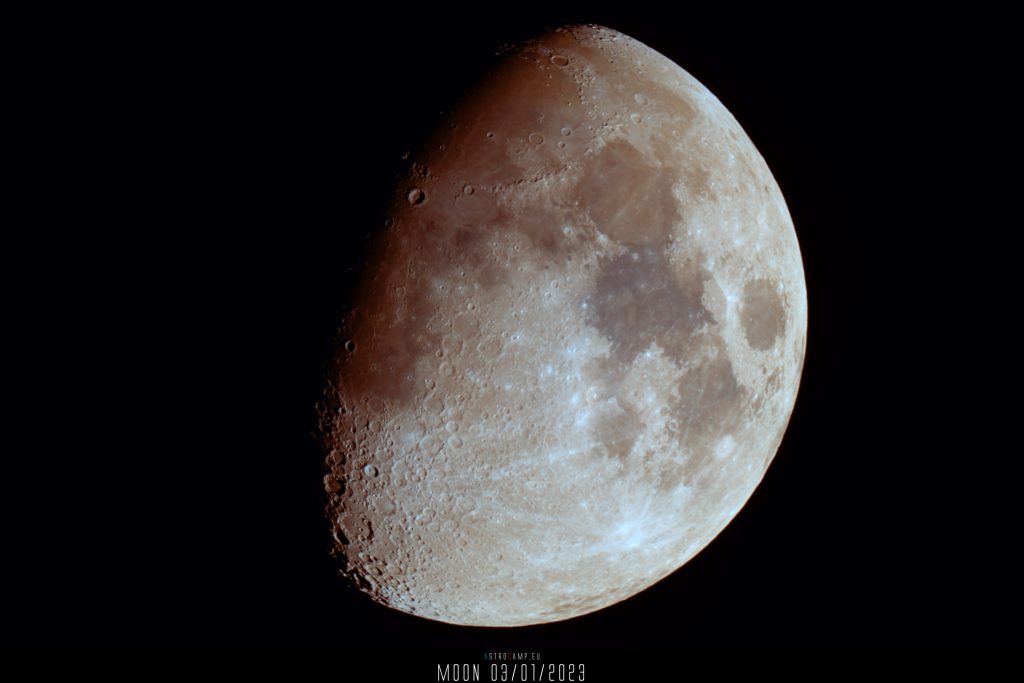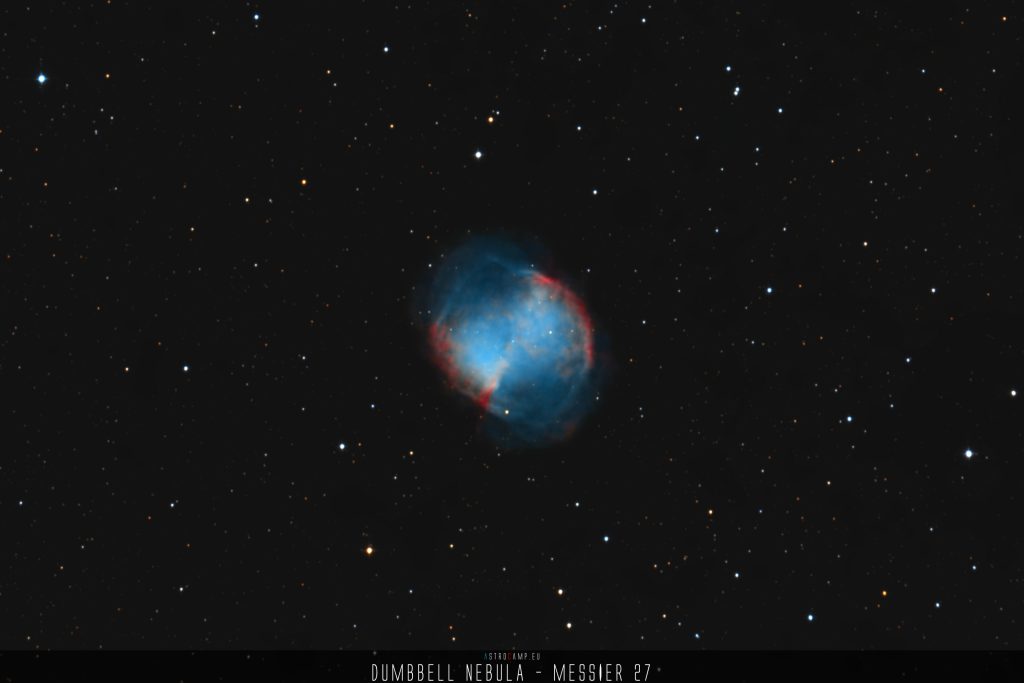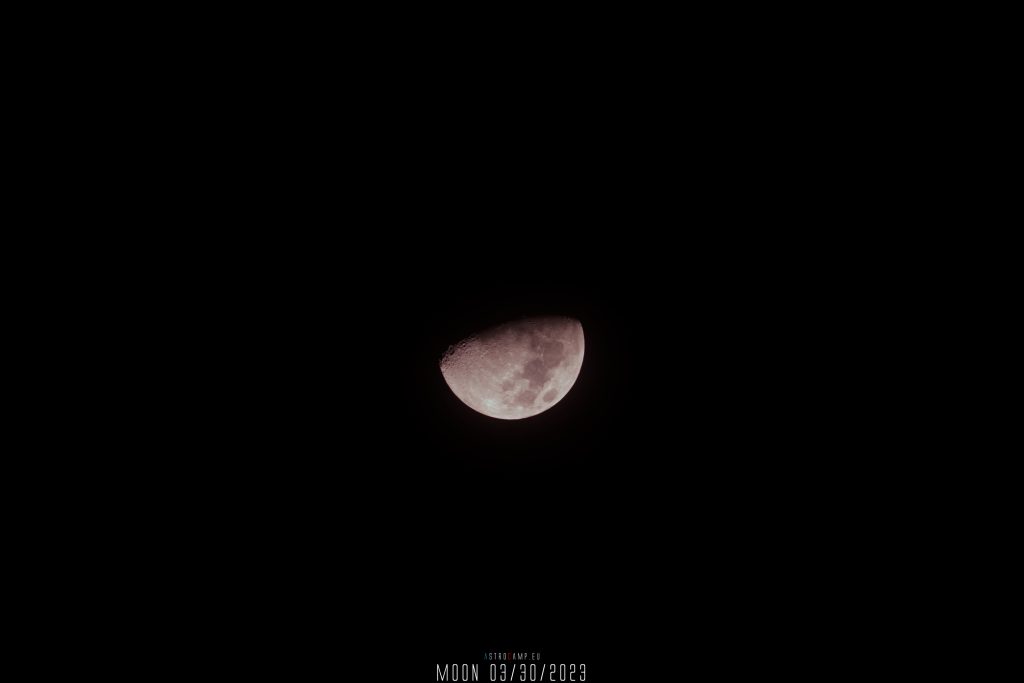NGC 3077 is a barred spiral galaxy situated in the constellation Ursa Major, approximately 12 million light-years away from Earth. This galaxy is part of the M81 Group, a trio of interacting galaxies that includes M81 and M82. NGC 3077 is characterized by its distorted shape, likely resulting from gravitational interactions with its neighbors. Despite its relatively small size compared to M81 and M82, NGC 3077 exhibits ongoing star formation, visible in its bright blue regions.
Location and neighborhood

NGC 3077 is located in the constellation Ursa Major, which is commonly known as the Great Bear or Big Dipper. To find it in the night sky, you can look toward the northern hemisphere during the fall and winter months when Ursa Major is prominently visible.
Specifically, within Ursa Major, NGC 3077 is situated near the famous galaxy triplet called the M81 Group. The coordinates for NGC 3077 are approximately right ascension 10h 03m 19s and declination +68° 44′ 02″ (J2000 epoch). These coordinates help astronomers and stargazers pinpoint its location in the sky.
Unique facts
- NGC 3077 is part of the M81 Group, a trio of galaxies that includes M81 (Bode’s Galaxy) and M82 (the Cigar Galaxy). These galaxies are interacting with each other through gravitational forces, influencing their shapes and evolution.
- NGC 3077 exhibits a distorted and irregular shape, likely a result of gravitational interactions with its neighbors. The tidal forces from interactions with M81 and M82 have contributed to the peculiar structure of NGC 3077, creating tidal tails and asymmetries.
- Despite its relatively small size compared to M81 and M82, NGC 3077 is actively forming stars. Bright blue regions within the galaxy indicate areas of active star formation, adding to the complexity of its appearance.
Brightness and size
NGC 3077 has an apparent magnitude of approximately 9.9. This places it in the category of objects visible with amateur telescopes, but it might be challenging to observe with the naked eye due to its relatively faint brightness.
NGC 3077 is located at a distance of about 12 million light-years from Earth. This places it within the M81 Group of galaxies, a relatively close cosmic neighborhood on astronomical scales.
NGC 3077 has an approximate diameter of around 5,000 light-years. This measurement represents the extent of the galaxy in three-dimensional space, indicating the region occupied by its stars.
The apparent size of NGC 3077 in the night sky, measured in arcseconds, depends on the field of view of the observing instrument. Given its relatively small size and faint appearance, the angular size would typically be measured in fractions of an arcminute or arcsecond when observed through telescopes. The specific angular size would vary based on the telescope used for observation.

